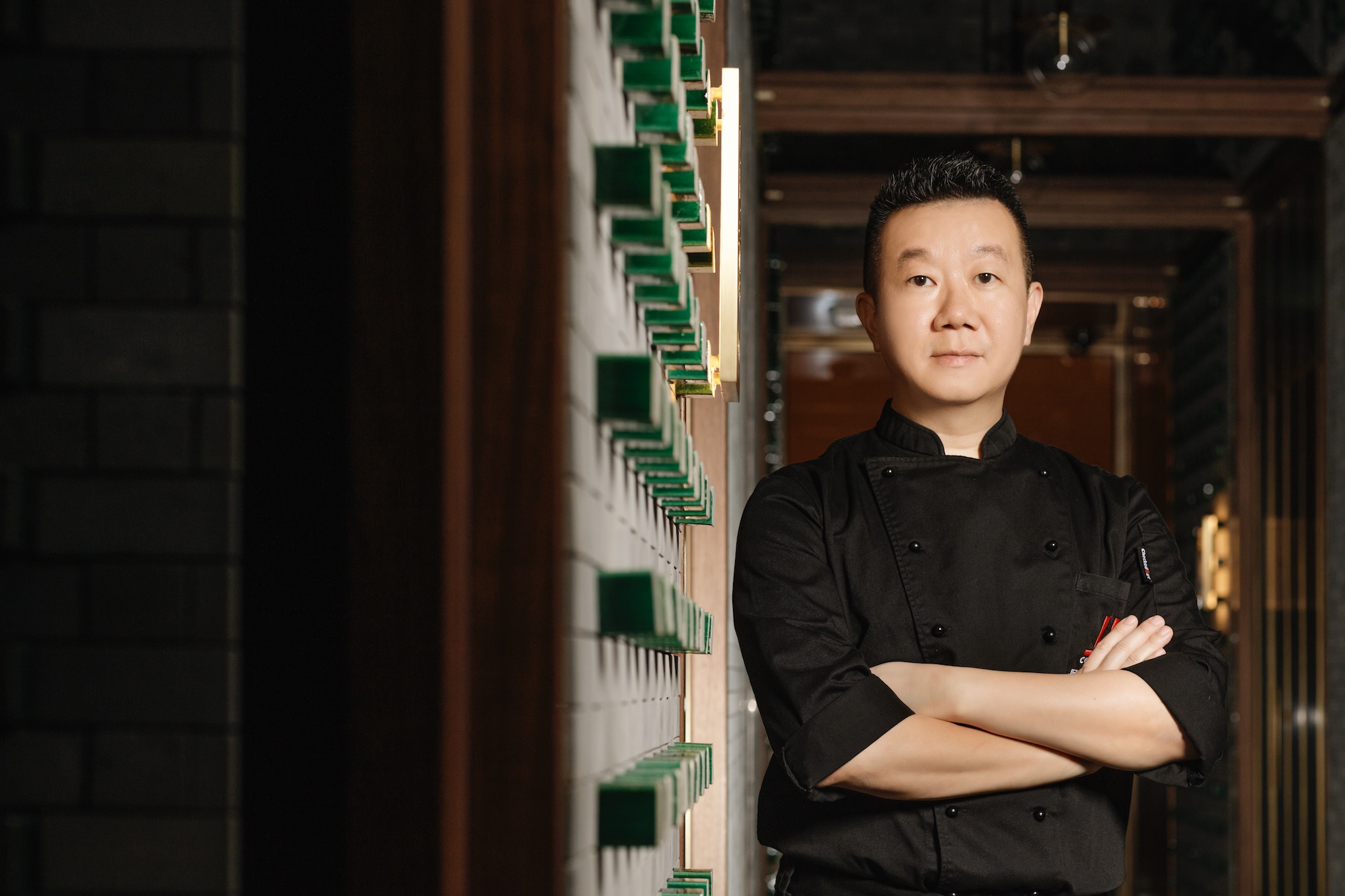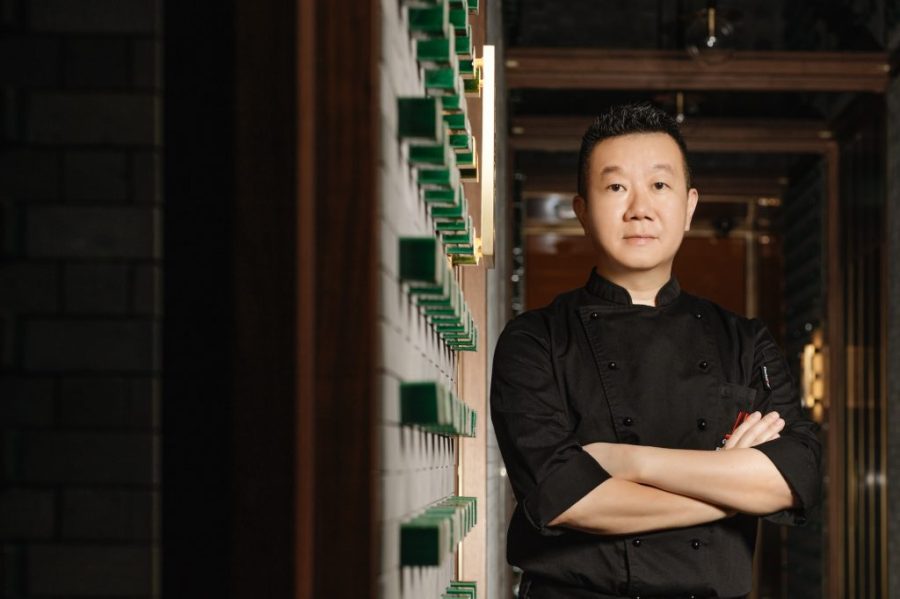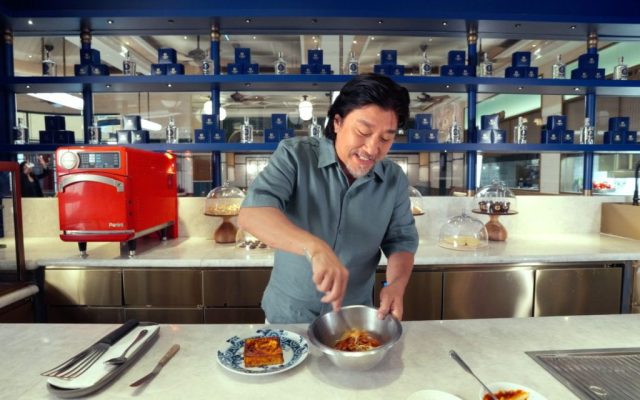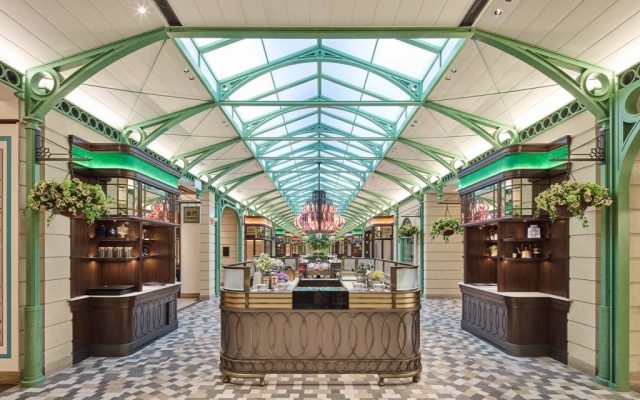Chef Jereme Leung is a name that has become virtually synonymous with modern Chinese cuisine, a man known for revitalising traditional flavours with a contemporary twist, while always maintaining a firm respect for conventions.
As a result, the award-winning culinarian has steadily climbed the ranks of the world’s top Chinese restaurants to build a formidable culinary empire. Today, this includes an impressive portfolio of acclaimed restaurants, a personal brand of wines, sauces, and kitchenware, as well as a series of cookbooks.
He’s also become a familiar figure on television shows in mainland China, appearing as a celebrity guest judge on Chinese spinoffs of popular cooking competition series, such as MasterChef China. The ever-versatile Leung has also set himself apart as a relentless explorer of China’s diverse culinary landscapes. Over his four decades in the kitchen, he has embraced the fiery bite of Sichuan spices, perfected the subtle sophistication of Huaiyang gastronomy, and explored the rich heritage of Shanghainese cuisine.
Jiang Nan by Jereme Leung charts a course through the Jiangnan region, bringing its reputation for gentle and nuanced flavours to The Venetian Macao. This culinary tradition from south of the Yangtze River, spanning cities like Shanghai, Hangzhou, and Nanjing, is celebrated for its lightness, seasonal ingredients, and a harmony that delights both the eye and palate – something Leung has been honing his skills towards and preparing for years.
“Having immersed myself in the food and beverage scene across China, especially Shanghai, for over 25 years, I’ve extensively researched Jiangnan cuisines,” says Leung, on his first venture in Macao. “My aim was to craft a menu that truly reflects and celebrates the depth and breadth of this region’s culinary heritage.”
Bridging the gap between past and present, Jiang Nan by Jereme Leung is a culmination of the chef’s years of exploration and a tribute to the subtleties of regional Chinese cuisine. Here, we take a closer look inside his concept, and what dishes guests can expect.
Inspired by the grand dining rooms of Old Shanghai
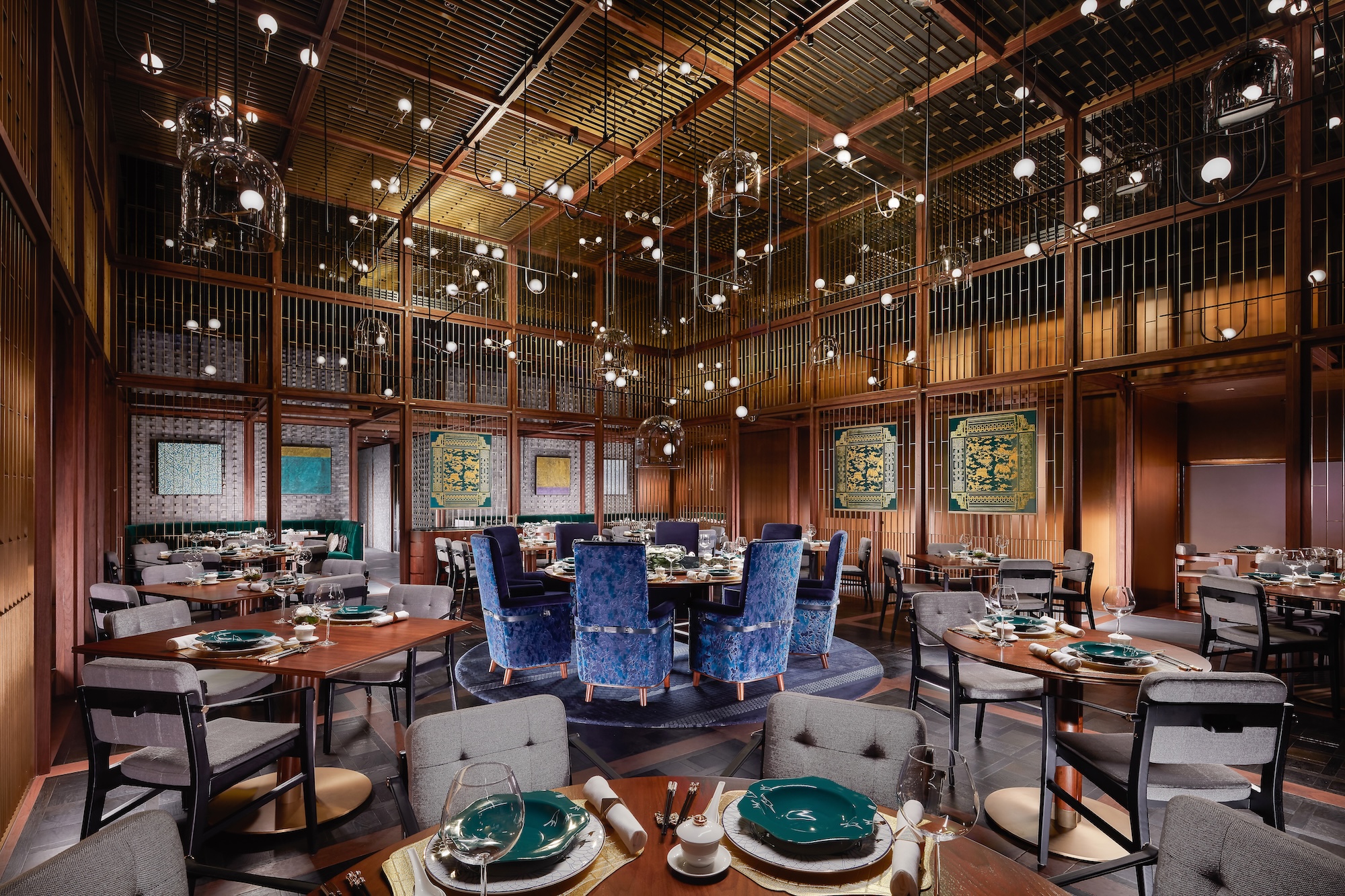
At the heart of the experience offered by Jiang Nan by Jereme Leung lies a deep appreciation for the bountiful flavours and cooking styles that have defined the Jiangnan region. This area, known for its enchanting waterside towns and lush landscapes, has historically been a melting pot of culinary traditions from surrounding locales such as Shanghai, Jiangsu, Anhui and Zhejiang.
Complementing its culinary narrative is the restaurant’s design concept, transporting guests back to Shanghai and its legacy as an important trading and business port throughout China’s modern history.
“The design concept of the restaurant is rooted in the Old Shanghai of the 1920s and 1930s, reflecting the aesthetic ideals of homes from that era,” says Leung.
Central to this design is the use of shikumen brickwork, a distinctive architectural style from the 19th century that has deep historical significance in Shanghai. Characterised by high brick walls and narrow alleys, shikumen buildings were intended to combine the elegance of Western townhouses with the communal layouts of Chinese courtyard houses.
The integration of such architecture in Jiang Nan’s design is both a nod to its historical relevance in the region, and an embrace of its homely, aesthetic appeal.
The stunning interiors also incorporate bespoke furniture, lighting, and artwork. For instance, a whimsical bird motif runs throughout the décor, subtly infusing movement and a sense of life that not only recalls the nature-inspired details of the Art Deco era but also celebrates its lasting impact on Shanghai’s cultural and architectural landscape.
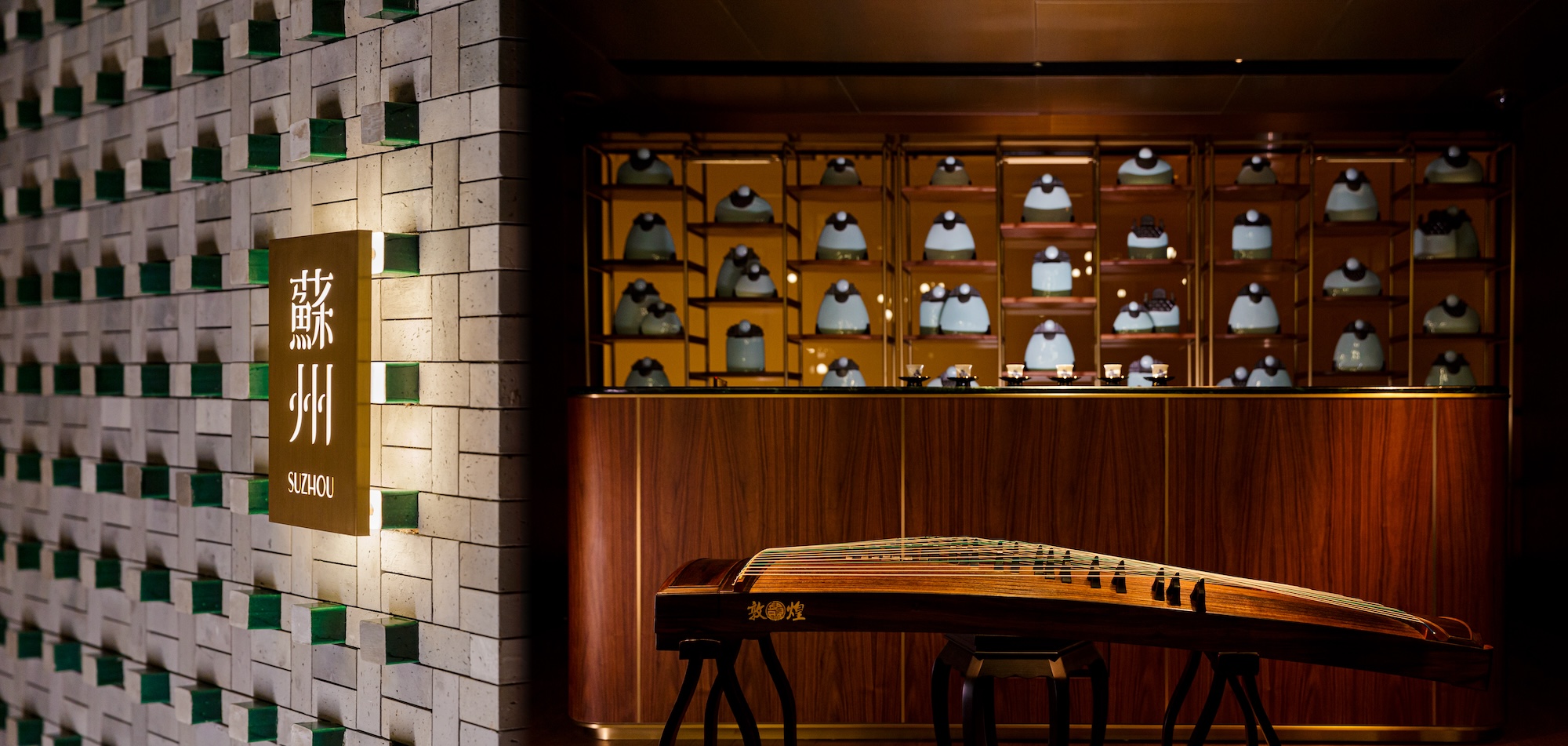
Music also plays a pivotal role in the restaurant’s immersive experience, reflecting Jiangnan’s heritage as a cradle of Chinese classical and folk music. Live guzheng performances take place in the main dining room. This traditional zither-like instrument, closely tied to Jiangnan, offers a serene musical ambience that enhances the dining experience.
Meanwhile, in the private dining rooms, restored vintage radios from the Art Deco era spring to life, playing classic Mandarin songs that evoke a sense of nostalgia.
Old favourites, new innovations
With so many thoughtful details woven into the decor, it’s no surprise that the menu receives just as much care. Celebrating Jiangnan’s traditional dishes, the menu offers modern reinterpretations that maintain the soul of the originals while introducing elevated twists.
Leung emphasises the creative process behind the menu. “We’re not just copying traditional dishes; we’re redefining them,” he explains. This approach ensures that each dish, while authentic and familiar, also brings something exciting and new to the table.
A standout on the menu is the updated “fortune chicken,” a testament to the team’s culinary vision and something that Leung is particularly proud of.
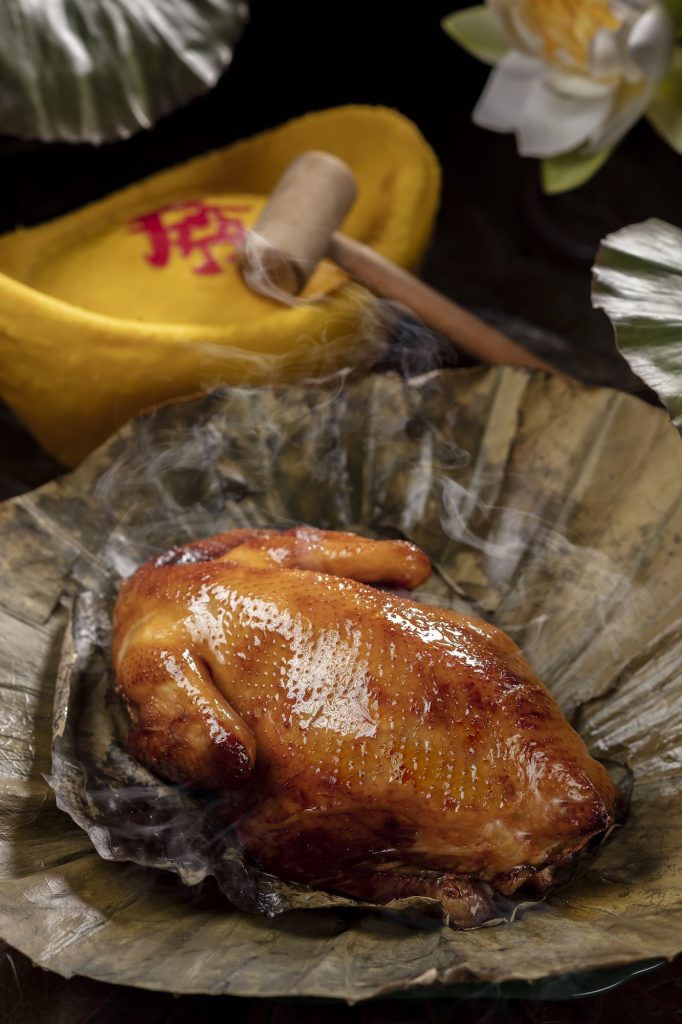
“We recently launched a new version of the fortune chicken dish, advancing it with an unusual method: we marinate the chicken in a residue derived from rice wine production, a by-product of making yellow and white rice wines,” he explains. “This technique imparts incredible flavour and juiciness to the chicken, making it a true delight.”
Red braised pork is especially significant in Jiangnan cuisine, where it’s a beloved Shanghainese staple. Leung explains the unique approach to this classic at Jiang Nan by Jereme Leung: “Our rendition of this dish begins with selecting the ideal pork belly, balancing lean and fatty meat. We add an extra step of pre-cooking and apply a weight-induced compression technique. This ensures that each piece is perfectly shaped and cooked to perfection.”
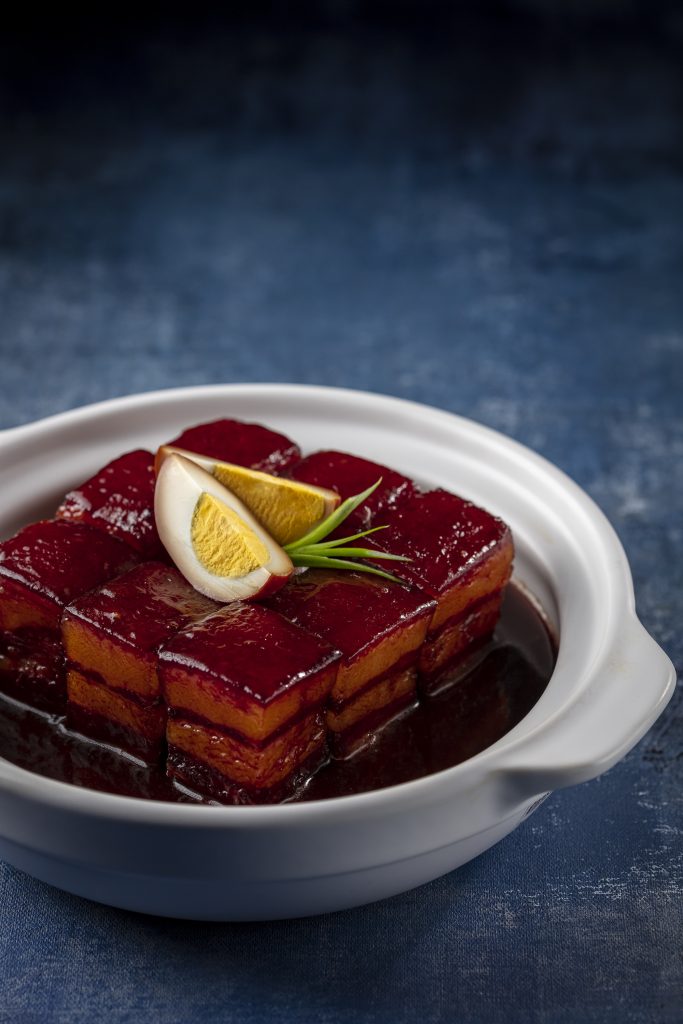
In a nod to the region’s healthy microclimate that yields a wealth of fresh, seasonal ingredients, Jiang Nan also takes pride in crafting seasonal menus that highlight the best of what’s available, making regular updates to reflect the changing seasons.
“We update our a la carte menu one to two times a year, taking into account the availability of ingredients and feedback from our guests,” explains Leung. “Additionally, each season brings a special offering based on unique ingredients available in China at that time. For instance, we feature Yunnan mushrooms and fungi in summer, and hairy crabs in autumn.”
A natural fit for Macao
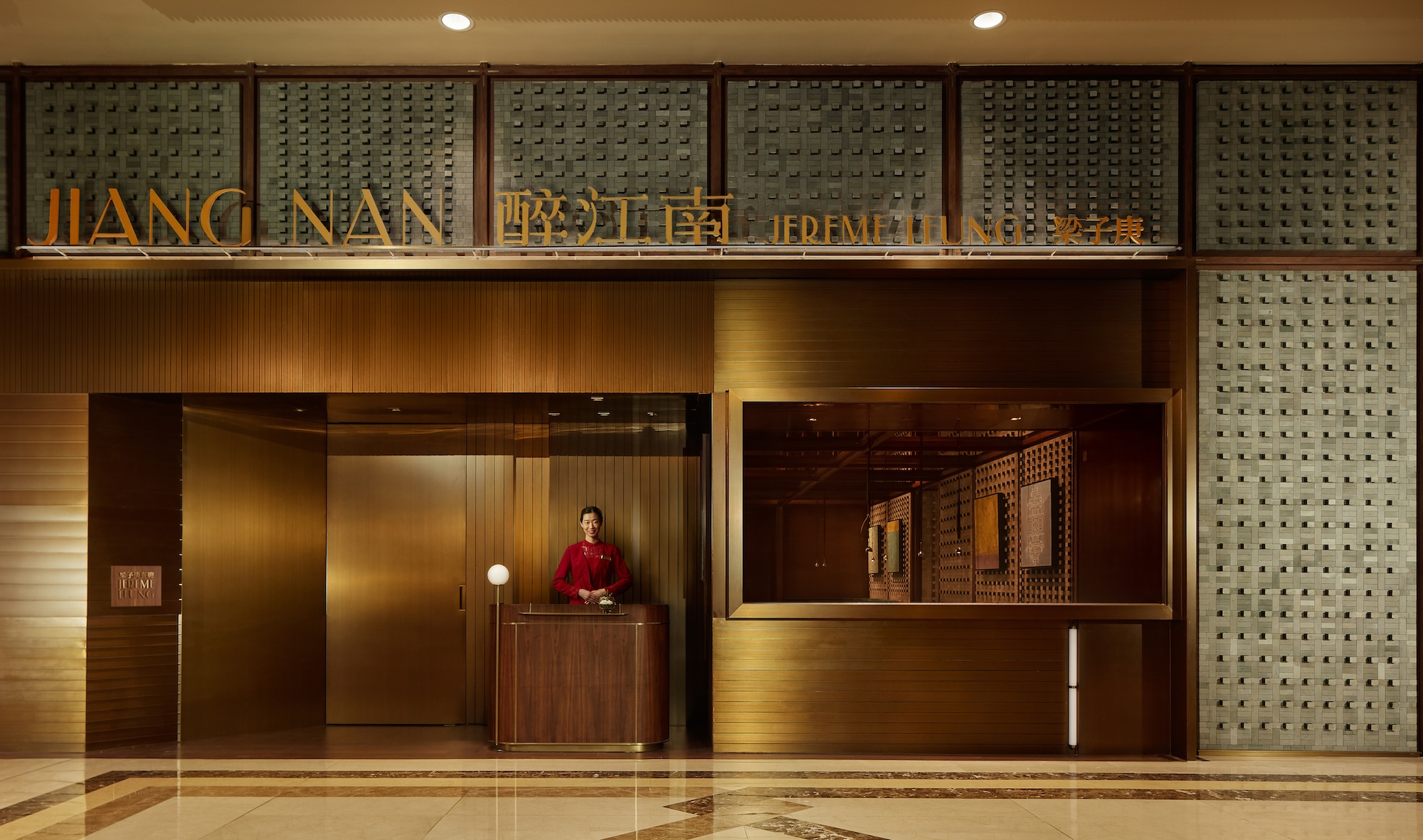
Macao’s culinary landscape, long famous for its diversity and excellence, has become a magnet for world-class chefs, drawing kitchen celebrities like Gordon Ramsay and Henrique Sá Pessoa, who both opened acclaimed restaurants at The Londoner Macao.
Just like Ramsay and Pessoa, Leung sees Macao and supportive partners like The Venetian Macao and Sands as a stage where culinary pioneers can share their passion and craft with a global audience.
“I believe Jiangnan is one of China’s most complex and sophisticated cuisines, stemming from the region’s historical richness and demographic advantages. I aim to offer our guests in Macao the essence of Jiangnan, including specialities from regions like Jiangsu and Zhejiang,” he says.
Ultimately, Chef Leung emphasises that the true essence of Jiangnan isn’t just about perfectly prepared classic dishes; it’s more about the atmosphere and feelings evoked by the food and the space for a group. This concept is central to his and his team’s efforts at Jiang Nan.
He explains, “Jiangnan cuisine is close to nature and approachable, not meant to feel distant. That’s why Jiang Nan is designed as a relaxing space where family and friends can gather, enjoy a meal, and share a drink together.”
